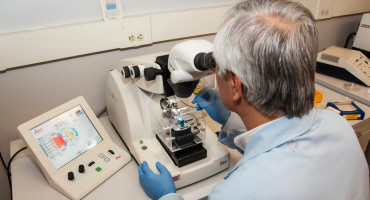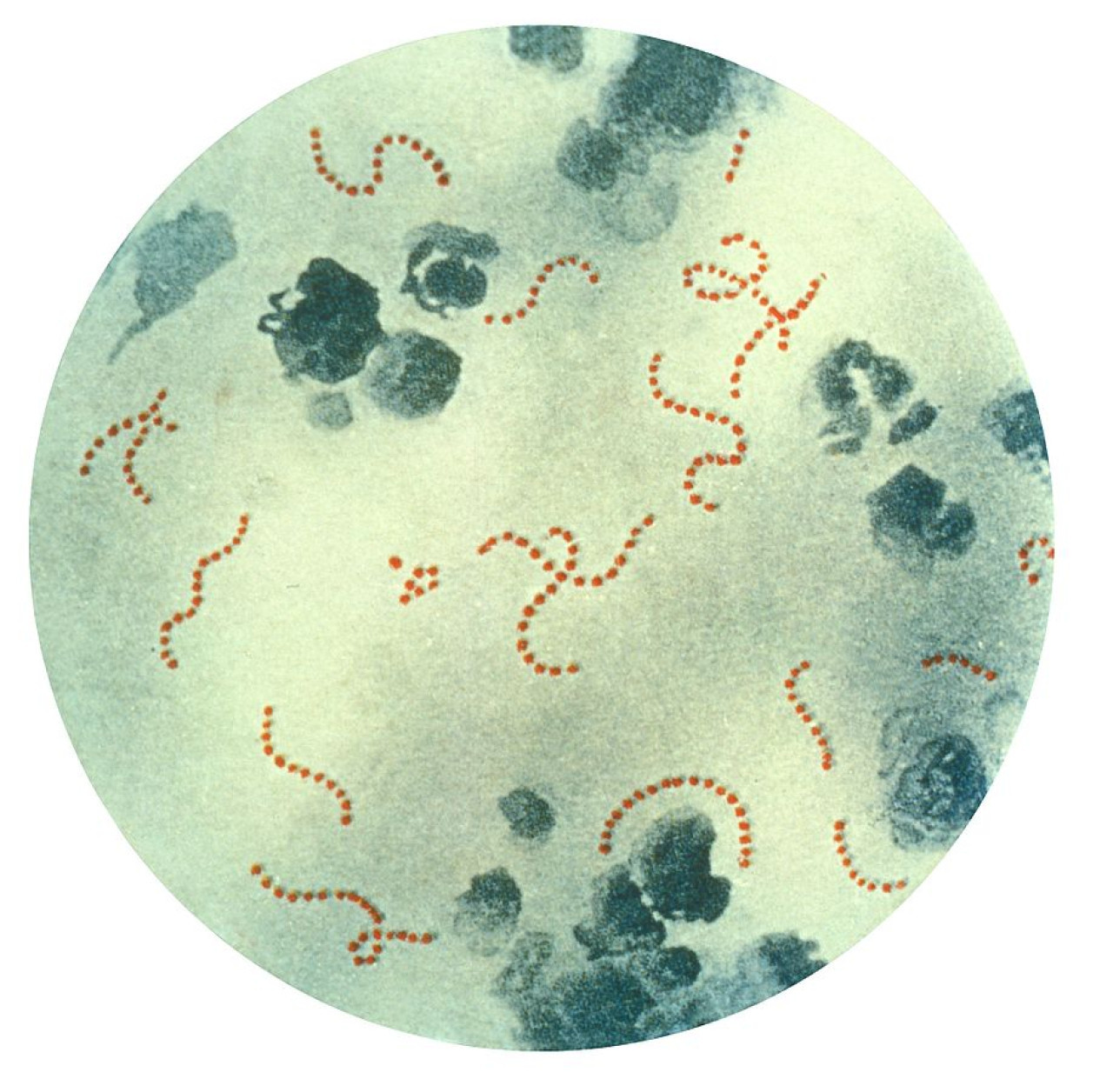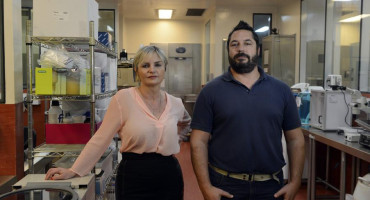The bacterium, which can cause pharyngitis or scarlet fever, has been recorded in more than 600 patients and caused about 93 deaths, with 2023 being one of the worst years for its spread.

Streptococcus pyogenes is the most common bacterial cause of acute pharyngitis. Photo: Unsplashed.
Cases of invasive infections caused by Streptococcus pyogenes have increased since the last report As of November 18, there were 643 confirmed cases, of which 93 (14.4%) died.according to the last national epidemiological bulletinwhile from the Health Portfolio and Experts They recommend medical consultation for symptoms such as sore throat, fever, rash, etc.wait.
“Besides being shocked, the important thing is Watch and watch for symptoms such as sore throat, fever or rash The best thing is to have a medical consultation, since severe invasive forms can be prevented if treated quickly with antibiotics,” infectious disease doctor Martín Hojman, a member of the Argentine Society of Infectious Diseases (SADI), told Télam news agency. ).
Streptococcus pyogenes, also known as Group A Streptococcus (GAS) is the most common bacterium that causes pharyngitis; It can also cause different skin infections such as impetigo, cellulitis, and scarlet fever; however, Sometimes, it can manifest as severe forms or invasive disease (SGAI), This may result in a life-threatening situation, responsible for more than Globally, 500 people die each year. Find more videos
Anyway, pharyngitis Diagnosis is done by bacterial culture and treated with antibiotics; The treatment of choice is penicillin, has excellent sensitivity against all strains; with this treatment, the transmissibility is eliminated after the first 24 hours, allowing the return to normal activity. As with any infectious disease, Hand hygiene and personal hygiene help control the spread.
in rare casesInfection can lead to invasive diseaselife-threatening conditions such as necrotizing fasciitis, streptococcal toxic shock syndrome and other serious infections, and post-immune diseases such as post-streptococcal glomerulonephritisacute rheumatic fever and rheumatic heart disease.
“Therefore, the importance Quick consultation and appropriate treatment. Therefore, we maintain that it is important not to underestimate the pictures we mentioned before and not to be alarmed,” Hohmann insisted.
December 8, 2022 World Health Organization (WHO) At least five member states in the European region (France, Ireland, the Netherlands, Sweden and the United Kingdom of Great Britain and Ireland) have reported an increase in the number of invasive streptococcal disease pyogenes (SGAI) cases, the report said.

Some of these countries also reported an increase in deaths related to the event; Boys and girls under 10 years old are the most affected age group.
On December 19, 2022, the Pan American Health Organization reported cases of illness caused by group A Streptococcus (GAS). In Uruguay, there are 21 cases in health centers in eight provinces of the country due to complications caused by the invasive clinical form Bacteria that killed eight people.
December 22, 2022 CDC reports increase in pediatric infections In some states of the country, it is invaded by Group A Streptococcus.

you might be interested:
Streptococcus Japan: Worry about outbreak of high-mortality bacterial infection
Argentina
In Argentina, from the beginning of 2023 to November 18, a total of 643 cases were reported to the surveillance system, of which 93 (14.4%) died; The cumulative incidence rate is 1.38 cases per 100,000 residents The cumulative mortality rate is 0.2 per 100,000 inhabitants.
The notification details that “the number of cases registered so far is the highest since 2018, when the incident was included in the national health surveillance system notification.”
“From late 2022 to 2023, the case curve starts to be higher than in previous years. From EW20 (May 14) to EW39/2023 (September 30), the number of cases recorded each week ranged from 10 to 24. The curve shows a continued rise from EW40 (October 1) to SE44 (November 4), with the highest number recorded to date being 48 cases,” the announcement describes.
In terms of age distribution, it was reported that 48.7% of these invasive cases were children under 16 years old, 29% were children over 50 years old, and the median age was 17 years old; however, cases were reported in all age groups. Among the deaths, 36.6% were under 16 years old, 46.2% were over 50 years old, and the median age was 41 years old.
In this context, National reference laboratory begins analyzing samples from invasive cases During 2023, the bacterial lineage detected had been described in the UK and Denmark and was highly virulent.
 Streptococcus pyogenes. Photo: Wikipedia.
Streptococcus pyogenes. Photo: Wikipedia.

you might be interested:
Medical geneticist reveals strep secrets
What are the symptoms and how to prevent them
According to the Ministry of Health, Streptococcus pyogenes It can manifest itself through pharyngitis. Causes the following symptoms Sore throat, fever, headache, abdominal pain, nausea and vomiting. Additionally, it can cause redness of the throat and tonsils, bad breath, and swollen glands.
instead, scarlet fevera bacterial overt disease that shows signs of: Red and sore throat, fever over 38°C, rash, white moss on tongue or back of throat, headache, nausea or vomiting; swollen lymph nodes and body aches.
 Streptococcus, Streptococcus pyogenes
Streptococcus, Streptococcus pyogenes
Expert advice If you experience any of these symptoms, you should avoid self-medicating and see a doctor..If you have received treatment It’s important to do it right, especially to get it done Otherwise, bacterial resistance can be promoted, compromising the effectiveness of future drugs.
